
How Old Do You Need to Be to Vape?
Learn the Age Regulations for Vaping
The law of the land in the United States is that selling tobacco and nicotine products to anyone under the age of 21 is illegal. The federal age restriction law, Tobacco 21, was signed into law in December 2019.
This means you must be 21 years old to purchase tobacco products such as nicotine vapes, conventional cigarettes, cigars, and smokeless tobacco. There are no exceptions for members of the armed services.
Due to regulatory decisions made years ago, the legal age to buy nicotine free vapes also 21. Synthetic nicotine and Tobacco Free Nicotine (TFN) are still covered by Tobacco 21.
Despite the logic behind Tobacco 21, Tobacco Control Groups in conjunction with Big Tobacco companies continue to lobby and push for restrictions on vape flavors, and imposing barriers that make it harder for adults to purchase vape products.
Where Did Teenagers Get Their Vapes?
In the run-up to the passage of Tobacco 21, researchers and federal surveys found that the most common source of vape products for minors was older classmates and family members. Establishments illegally selling e-cigarettes and prefilled pod systems to young people were a far less common source.
Even former FDA commissioner Gottlieb, no friend of the vaping industry, stated at the height of the teen vaping panic, that it was an unfortunate tradeoff but “In closing the on-ramp to kids, we’re going to have to narrow the off-ramp for adults who want to migrate off combustible tobacco and on to e-cigs.”
Tobacco 21 closed the busiest on-ramp for minors. Subsequent flavor bans and shipping restrictions merely shutdown unrelated off-ramps for adults looking for alternatives to conventional cigarettes.
Why Tobacco 21?
Tobacco 21 is a federal law that raised minimum legal age for tobacco and nicotine sales in the United States to 21. The policy was put in place to protect younger generations from potential nicotine addiction.
The logic behind Tobacco 21 was that most products ending up in the hands of minors were being obtained through classmates and family members who were legally who had reached age 18, which was then the minimum age to purchase vape products. The higher age limit of Tobacco 21 in theory cuts off the flow from seniors and college age students to the underage.
Is it fair that you can die for your country at age 18 and not purchase alcohol or nicotine? The answer seems to be a resounding yes in the United States.
Legal Age to Purchase Vape Kits in the USA?
A minimum age of 21 must also be reached to purchase a vape device and other vape related products that do not actually include nicotine. This includes pod kits, vape pens, mods, coils, pods, e-cigarettes, and other vaping devices.
This is due to the Deeming Rule, which defines a vape component or vape device as being just as much a tobacco product as vape juices.
Shipping Restrictions
If one federal regulation was custom designed to benefit the Tobacco Industry, it had to be the shipping ban. When President Biden signed the PACT Act, USPS, UPS and Fed-Ex no longer shipped vape products.
In many regions of the country, vapers now must shop at local convenience stores and gas stations where Big Tobacco products dominate the shelf space. When you read alarming headlines about increasing vape sales in 2022 and 2023, keep in mind that retail sales have been artificially inflated by these shipping bans and comparing historic sales numbers to current ones is a classic case of apples and oranges.
The biggest beneficiary is Big Tobacco. Their vape products are limited to less appealing tobacco flavors, and cost far more per ml than a refillable or disposable vape. The PACT Act placed a new obstacle in the path of anyone looking for an ash and smoke free cigarette alternative.
Is the Law the Same for Zero-Nicotine Vaping Products?
The Deeming Rule defines e-liquid and vape accessories as tobacco products, or components or parts of tobacco products. Using the logic that these components and parts can be used to modify the performance of a “finished product,” they are deemed tobacco products.
Any zero-nicotine e-liquid that is used in a device that can also be used to vape nicotine is regulated the same way and is considered a tobacco product. It seems counterintuitive that the FDA considers hardware like coils and juices without any nicotine to be tobacco products but that is where we stand in 2023. It is against federal law and illegal for a retailer to sell zero-nicotine e-liquid to anyone under 21.
What is Classed as a Vaping Product?
The Deeming Rule is no small deal. It gives the FDA the right to “deem” any new product made from or derived from tobacco that is intended for human consumption. This level of regulatory creep began in 2009 when the Family Smoking Prevention and Tobacco Control Act was signed into law by President Obama. It was created with the help of both Phillip Morris and anti-tobacco lobbyists. The result of the law was the creation of the Center for Tobacco Products (CTP) which is funded by tobacco company user fees.
Vaping products are not limited to e-liquids containing nicotine. As mentioned above, zero nicotine vape juices also are subject to FDA regulations and Tobacco 21 laws. Coils, atomizers, batteries, and other components also fall under the vape product umbrella.
Premarket Tobacco Product Applications
The FDA was granted the power to regulate vaping by the Tobacco Control Act. The Premarket Tobacco Product Application process was meant to codify their evaluation process of vape products.
Instead, it has turned into a farce where only a couple of unpopular Big Tobacco manufactured products from nearly a decade ago have been approved. Supposedly, only products on the market from before 2016 could even be considered. A strange turn of events in a capitalist country.
The entire process is currently under fire. First from anti-vaping Senators eager to make sure the results pleased their donors and also from the independent vape industry as their applications were rejected en masse for not including a type of study never requested regulators. It is hard to accept that a department which is moving towards banning all vape products except those manufactured by cigarette companies is working in the best interests of public.
Many court cases against the FDA have been thwarted by the Chevron deference, which essentially gives regulators carte blanche to expand their powers because they possess expertise. With the current Supreme Court likely to kill Chevron deference, thus stripping unelected regulators of their sweeping powers, the vaping industry is hopeful that this fatally flawed system will receive an overhaul.
Check out our feature article on Chevron Deference and the Vape Company submitted Amicus Brief for more information.
Teen Vaping, EVALI & Federal Ban on Flavored Pods
Many state and local vape laws were already on the books by the time Tobacco 21 was signed in late 2019. Just a month later in January 2020, a federal ban on flavored prefilled pods was passed by the Trump Administration. Along with Tobacco 21, this was a somewhat more logical approach. Prefilled pods were the most popular product with minors. Refillable devices were not.
The big push to restrict nicotine vapes followed the EVALI vaping lung disease outbreak in the fall of 2019. Vitamin E acetate was the cause of these lung injuries. Full stop.
The source of vitamin E contaminated vapes was black market cannabis cartridges. The CDC failed to find a single commercially available nicotine product containing this adulterant was totally ignored by the media, and regulators. The CDC even helpfully explained at length why propylene glycol/vegetable glycerin based nicotine vape juices were not compatible with thick vitamin E acetate.
Too bad the CDC announced these findings on the Friday before the Christmas holiday. State regulators and industry insiders had identified vitamin E acetate as the source of these injuries by Labor Day. Even today, confusion surrounds this outbreak because of poor messaging.
In Michigan, Governor Whitmer, who owes her political career to hemp industry funding, watched as her Michigan CDC failed to warn its citizens about the dangers of cannabis cartridges and instead she used emergency powers to ban nicotine vape flavors.
Only when formerly compliant journalists raised questions, such as in this Detroit Metro News feature, were warnings posted on state websites. Suffice it to say, the emergency ban on vape flavors entirely unrelated to the outbreak remained in place.
Teen Vaping
Prefilled pods, specifically Juul, were at the forefront of the teen vaping surge. Through PR maneuvering, i.e., attacks on the intricate flavors preferred by vape hobbyists, and attempts at regulatory capture, Juul nearly evaded punishment.
The initial version of the New York flavor ban did not include Juul Mint, by far the most popular product with minors but did ban flavored e-Juices used in open (refillable) devices that are almost exclusively vaped by adults. Later this state law was changed to ban mint but permit menthol.
PACT Act
In late 2020, with teen vaping levels declining, the Biden Administration doubled down with the PACT Act, a law seemingly designed to funnel marginalized adults and residents of rural areas back onto conventional cigarettes while destroying hundreds of thousands of jobs in the independent vaping industry. Bundled into an omnibus bill, the vape industry was incapable to thwarting this piece of legislation.
The best way to strong-arm through restrictions on adults is to claim it is being done to protect the children. In a report compiled for a court case in the Ninth Circuit Court, the estimated damage of a potential federal flavor ban, PMTAs and the PACT Act was projected to be gargantuan:
"When we assessed the full economic impact of this industry, we determined that it creates more than 133,000 jobs, paying over $7.0 billion in wages and benefits, while generating more than $22.2 billion in economic output. In addition, there are 11,920 full-time equivalent jobs created by vapor product sales at traditional retailers like supermarkets, convenience stores, drug stores, and department stores."- John Dunham and Associates
Mi-Pod's Vision: No Interest in Selling to Minors or Non-Smokers
Mi-Pod has long recognized that underage vaping poses an existential threat to the vaping industry. Adult access to vapes is firmly linked to the ability of vape companies to keep their products out of the hands of minors.
Mi-Pod has no interest in selling to minors or anyone under the age of 21 years old. We are not interested in initiating legal age adults onto nicotine either. Our goal is to provide current adult smokers with the best electronic nicotine delivery systems and flavors. We abide by all federal and state regulations, no matter how unscientific.
Misinformation on Flavored Vapes
Juul Mint was by far the most popular product with minors during the peak of teen vaping crisis. Sales to minors of vilified high-VG Unicorn Milk and mod-fuel Cotton Candy flavors were not even a rounding error.
For whatever reason, obtuse politicians and vaping prohibitionist groups like the Orwellian-named Truth Initiative are eager to claim nostalgic flavors inspired by products that peaked in popularity decades ago are somehow marketed to kids.
It should be self-explanatory that vape juice flavors modeled after the sugary cereals and confections marketed to kids in the Reagan and Bush years have no cultural cache with a teenager today. In fact, they are marketed to children of the 70s, 80s, and 90s who are now middle-aged adults.
This is not just a commonsense observation, but one borne out by the relative popularity of Juul Mint compared to more intricate and sweeter vape juice flavors. Moreover, open systems that require filling made up an exceeding small percentage of the products consumed by minors.
The US flavor survey conducted by Dr. Farsalinos conclusively demonstrated that most adult vapers prefer characterizing flavors such as fruit, candy and beverages to tobacco flavors. Interestingly, many adults initiate on tobacco flavors, perhaps due to brick-and-mortar availability, but the longer an adult vapes the more likely they are to switch to more palatable flavors and away from tobacco.
Another commonsense observation: If one wishes to distance themselves from a smoking habit it makes no sense to continue with an ersatz vape tobacco cigarette flavored product. Tobacco vapes have improved greatly over the years but outside of flavor ban areas characterizing flavors reign supreme with adult vapers.
Harmful bans on the flavored vapes remain an enormous and looming threat. They are promoted by the tobacco industry and well-funded vaping prohibitionist groups, odd bedfellows indeed.
The Legal Vaping Age in Other Countries
The United Kingdom has policies on harm reduction and e-cigarettes that sharply juxtapose with the US. Their National Health Service hosts a website where on Using Cigarettes to Stop Smoking.
Important studies, such as the one published in the New England Journal of Medicine (NEJM) where vaping comprehensively outperformed Big Pharma nicotine replacement therapies as a cessation tool were conducted in the UK.
One important difference in the UK is that they have capped the nicotine strength of vape products at 30mg. Their government attributes this decision to the lower rates of teen use, despite promoting vaping as a safer alternative to combustible tobacco products and a lower legal age of purchase.
Purchase age varies by province in Canada, ranging between ages 18 and 19. In Europe, the minimum age is 18 in most countries but there are Swiss cantons where smoking and vaping products can be purchased at age 16. Before 1995 and the EU, many European countries had no minimum for the purchase of cigarettes.
The State of US Vaping Regulations
Regulatory capture is a form of corruption where lobbyists and industry stakeholders further their own agenda by dominating the regulatory agencies assigned to safeguard public interest. Big Tobacco pushing for flavor bans on rival products and Juul angling to ban all flavors but mint are a text-book example of this phenomena. Outside of the realm of unelected regulators, RJ Reynolds is also lobbying state and local governments to ban flavored vapes.
Fighting off these efforts in the US has proven nearly impossible for the independent vaping industry because these Big Tobacco initiatives run parallel to the simultaneous efforts of Bloomberg financed anti-vaping lobbyists and his usual cast of political allies.
Michael Bloomberg has been estimated to have spent as much as $300 million dollars to ban vape flavors and impose a vision of nicotine prohibition on both the US and the world.
The tobacco industry is the biggest beneficiary when the vape products adults prefer are banned. They benefit in two ways. The first is that they had the legal muscle to get FDA approval on a couple of outmoded and obsolete e-cigarettes. The bigger payday is that when vapes and vape flavors are unappealing, most smokers and vapers are not going to embrace puritanical nicotine abstinence but instead will be funneled back onto conventional cigarettes.
This is business as usual in the US, although perhaps Americans in general and the Supreme Court itself are beginning to turn a more skeptical eye towards unelected regulators making sweeping decisions.
Bloomberg Loses Control of Nicotine Policy in Philippines
As reported in the Manilla Bulletin in August 2021, Bloomberg’s foundations seized control of the Philippine FDA through millions in grant money. This caused a public scandal.
A consumer rights group established links between local Non-Government Organizations (NGOs) and American billionaire Michael Bloomberg’s organization. Multiple grants totaling millions were received by these Non-Government Organizations (NGOs).
The expectation was that these groups would lobby tirelessly for his vape prohibition agenda. They succeeded at buying influence and by 2021 the Philippines had implemented some of the harshest vaping prohibitionist laws in the world.
Journalists and Senate investigators smelled a rat and found financial links between Bloomberg and US pharmaceutical companies that sold competing nicotine replacement therapy (NRT) products such as gums, lozenges and patches. They concluded that Bloomberg and his constellation of advocacy groups stood to gain from the removal of vape products from the market.
Within months, the Bloomberg supported FDA was stripped oversight and this was followed by the passage of The Vaporized Nicotine Products Regulation Act (SB2239) in January 2022 by a 19-2 vote.
Vaping Unleashed
On a level field of play, nicotine replacement therapies simply cannot compete with a simple atomizer that vaporizes a blend of VG/PG, flavorings, and nicotine. In 2022, the University of Oxford came to this conclusion, which is now backed up by additional studies.
In the original New England Journal of Medicine study, it was a simple 2015 era vape pen with freebase nicotine that demolished nicotine replacement therapy. Imagine what the entrepreneurs, engineers and scientists of the independent vape industry could accomplish if freed from stifling and arbitrary regulations.
Tobacco 21 directly addressed teen vaping and cut off the channel through which most minors obtained vaping products. Flavor bans, Deeming Rules, shipping restrictions and the FDA's horribly broken Premarket Tobacco Product Applications (PMTA) process do nothing to protect minors. They merely punish adults smokers and vapers while benefiting of Big Tobacco.

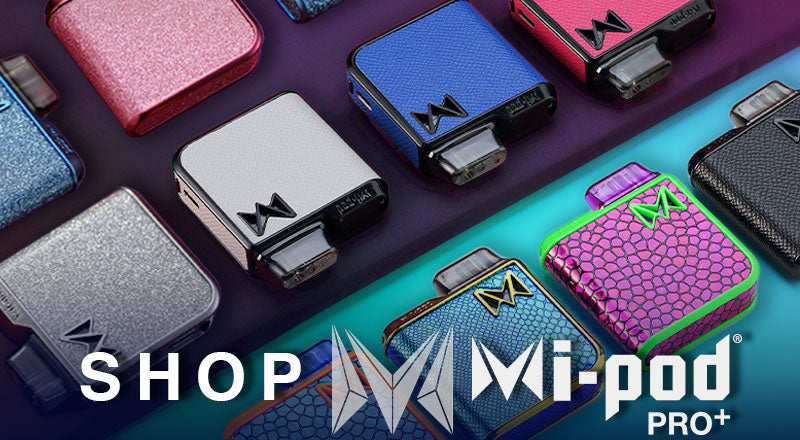
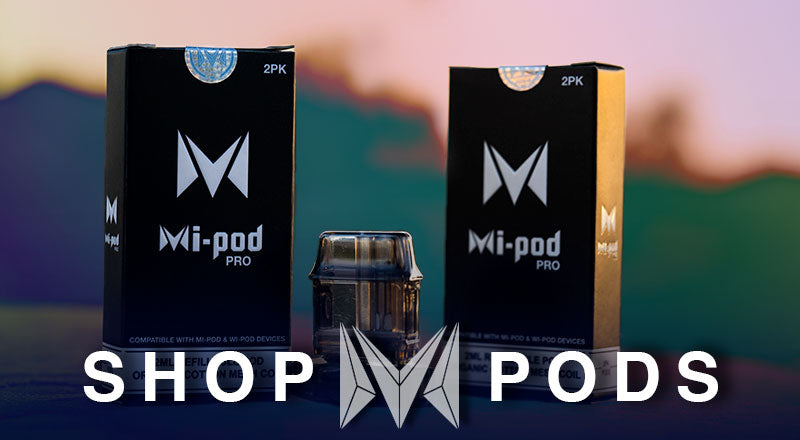
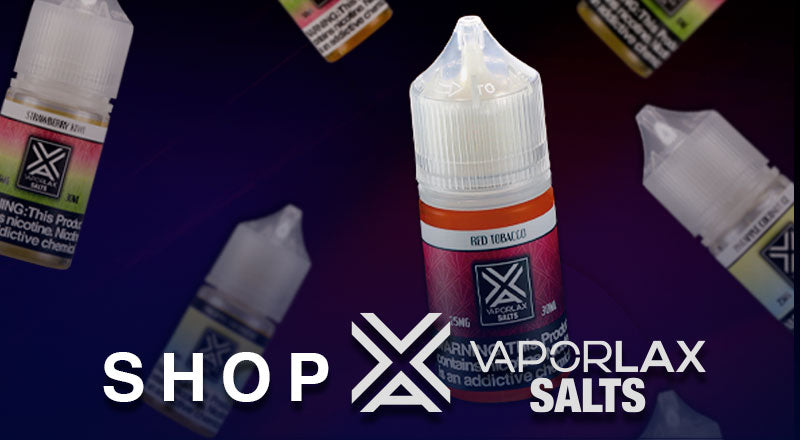
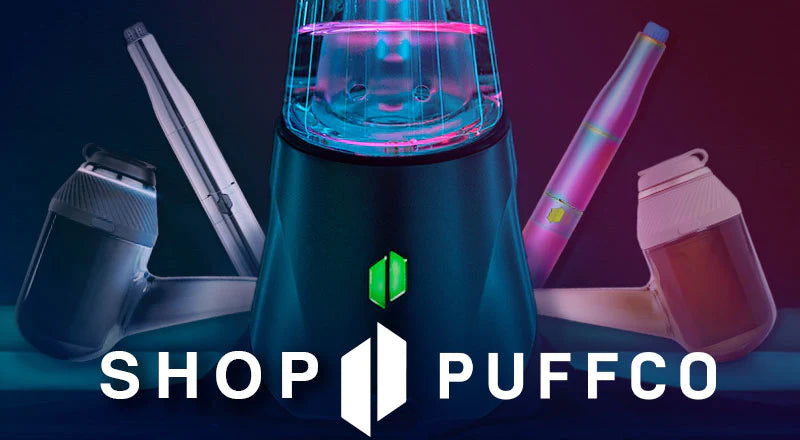
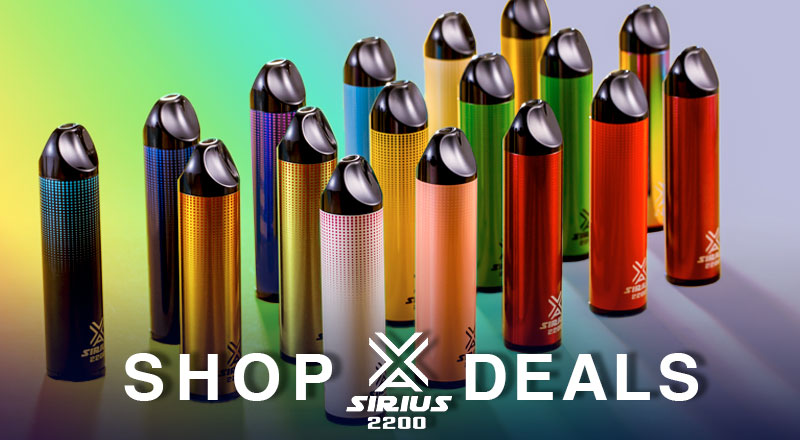
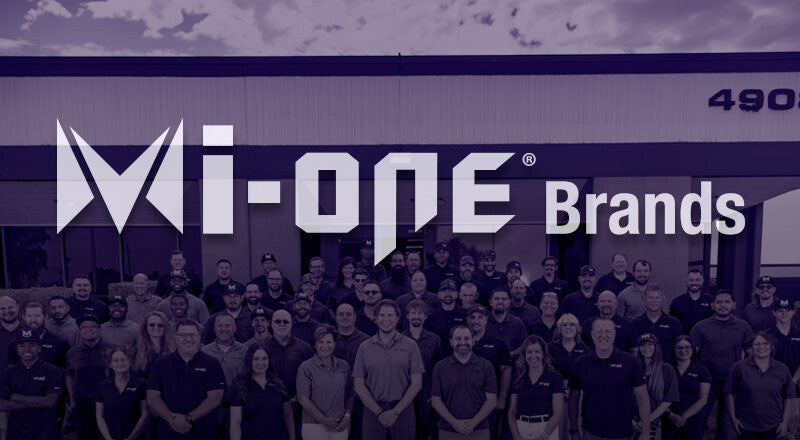
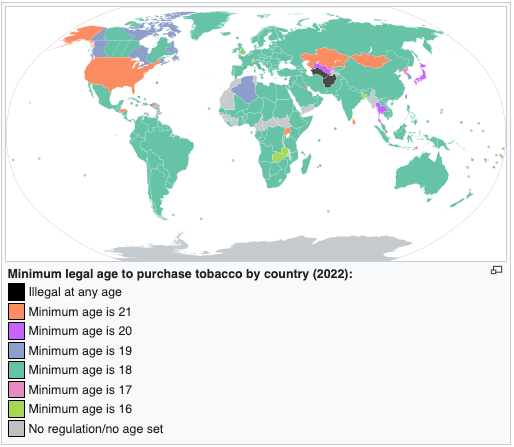
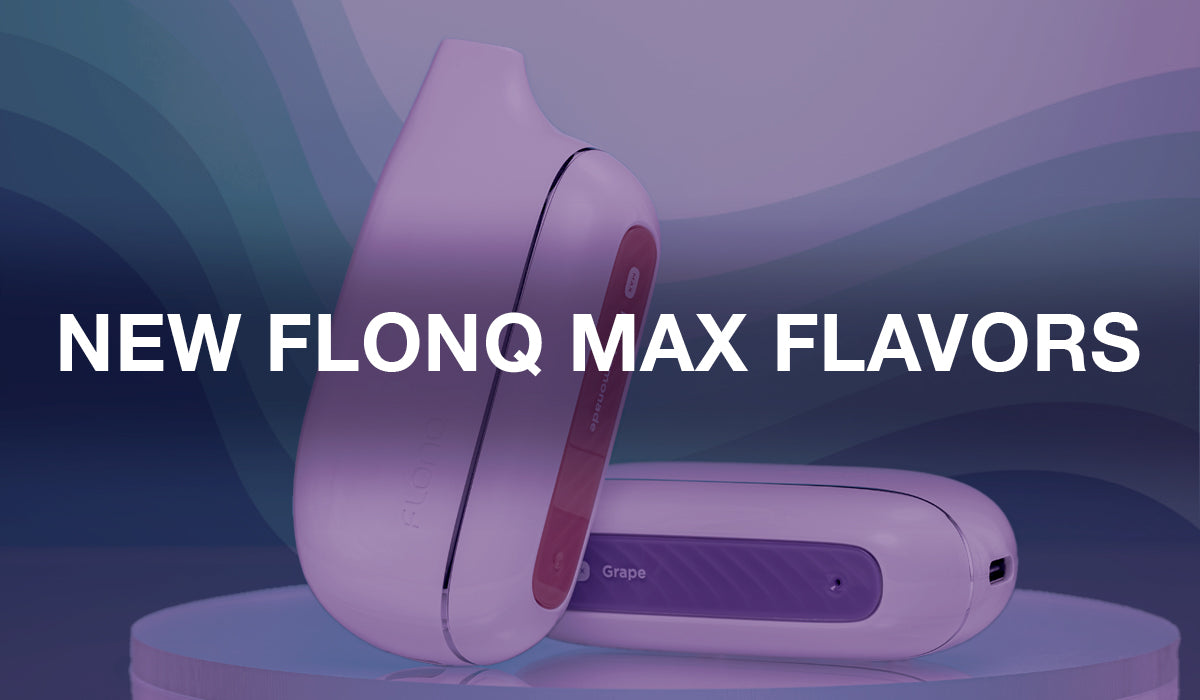

Leave a comment
This site is protected by hCaptcha and the hCaptcha Privacy Policy and Terms of Service apply.